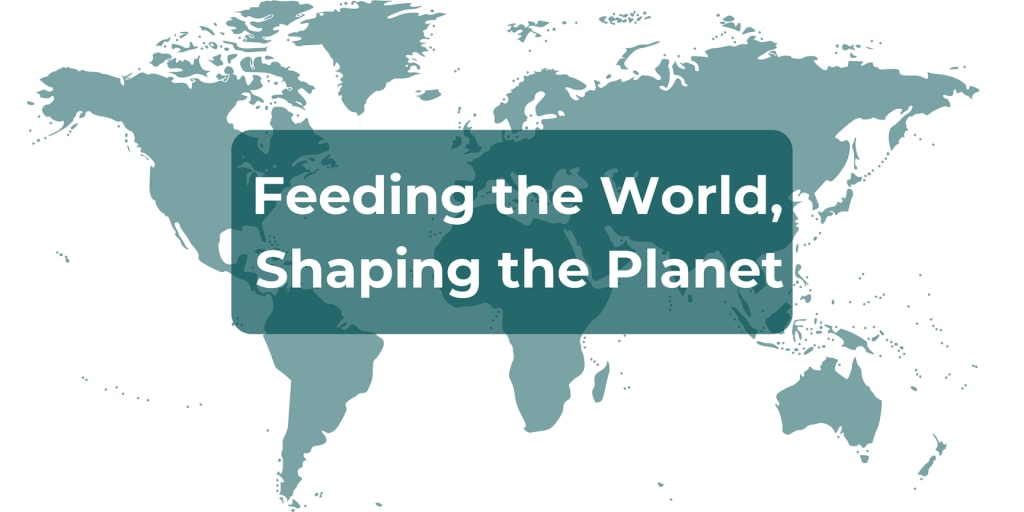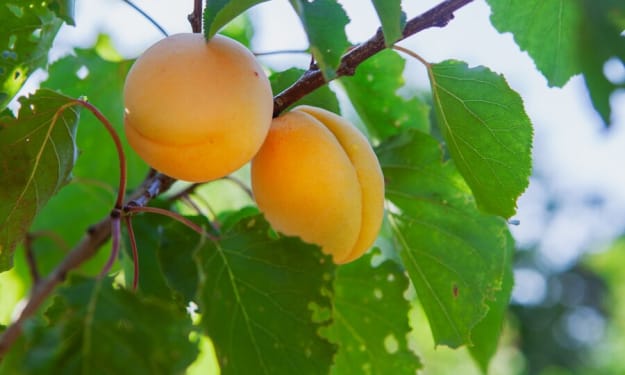Feeding the World, Shaping the Planet
Agricultural Products and Their Impacts

Agricultural products are the lifeblood of gift-day civilisation. Agriculture shapes our lives, from our food to the substances utilised in our clothing and shelter. However, the production and intake of agricultural products have many environmental, monetary, and social effects. In this 1,000-word survey, we delve into the arena of farming products, exploring their importance, the challenges they pose, and the possibilities they give for a sustainable destiny.
The aspects of agricultural products and their impacts are as follows:
1. A diverse world of agricultural products
Agricultural merchandise consists of a wide variety of objects derived from agriculture, such as:
- Food Cereals, fruits, veggies, meat, dairy and extra.
- Fiber Cotton, linen and hemp are used in textiles.
- Biofuels Like ethanol and biodiesel.
- Raw substances: Wood, rubber and different substances.
- Medicinal Plants Used for medicinal purposes.
- Ornamental flowers For landscaping and decoration.
2. Global meals safety
Agricultural merchandise, especially meal crops, are the cornerstone of global meal security. The capability to provide and distribute sufficient food to feed a developing populace is one of the most essential challenges going through humanity. Advances in agricultural practices, including the Green Revolution, allowed for expanded meal production and helped alleviate hunger in many elements of the world.
3. Economic impacts
Agricultural merchandise is the main driver of monetary interest. It shapes the basis of livelihoods for billions of people around the sector, from smallholder farmers to agribusiness. The agricultural sector is a sizable contributor to the GDP of many nations, impacting both local and international economies.
Agriculture has a profound and multifaceted monetary effect both nationally and globally. This impact is only sometimes constrained to presenting meals; it influences numerous sectors of the economic system, affecting employment, exchange and typical monetary balance.
- Employment Agriculture remains an important corporation worldwide. It helps the livelihoods of millions of human beings, especially in developing nations. Agriculture and related activities, including agribusiness and meal processing, create employment possibilities in each rural and concrete area.
- Contribution to GDP Agriculture is a first-rate contributor to a rustic's gross domestic product (GDP). In many growing international locations, it constitutes a massive part of GDP. Even in industrialised international areas, the rural sector performs a key position in the common economic system, presenting uncooked substances for various industries.
- Trade Agricultural products are the primary commodities of worldwide trade. Many international locations rely on each export and import of agricultural goods. The worldwide agricultural trade network drives economic increase and fosters international cooperation.
- Rural Development Agriculture frequently bureaucratises the spine of rural economies. Agriculture investments, including infrastructure improvement, technological advances, and advancements in machines like the Preet Tractor, can promote monetary gain in rural areas and reduce poverty and migration to urban centres.
- Food Security A thriving agricultural region is vital to ensuring food security, which has monetary implications. Stable food elements assist in preserving social stability and decrease the cost of public welfare applications.
4. Environmental effects
However, manufacturing agricultural merchandise has massive environmental consequences:
- Land Use Change Agricultural enlargement often leads to deforestation and habitat destruction, threatening biodiversity.
- Water Use Agriculture bills for a substantial element of world water use, which could stress nearby water resources.
- Chemical inputs: Pesticides and fertilizers can contaminate soil and water, threatening ecosystems and human health.
- Greenhouse Gas Emissions: Raising farm animals and developing rice releases methane, an effective greenhouse fuel.
- Soil Erosion: Unsustainable agricultural practices can result in soil erosion and degradation.
5. Social and moral implications
- Manufacturing agricultural merchandise can also have social and ethical consequences:
- Working Conditions Farmers often face difficult conditions, such as low wages and a shortage of process security.
- Land Ownership The division and possession of land can cause inequality and land disputes.
- Food Security Unequal right of entry to agricultural products can contribute to food lack of confidence and malnutrition, even in food-generating areas.
6. Technological progress
Technological progress has greatly affected the manufacturing of agricultural merchandise. Innovations, including genetically modified plants, precision agriculture and automation, can boost yields, reduce resource consumption and minimise environmental effects.
7. Sustainable agriculture
The idea of sustainable agriculture has come to the fore in recent years. Sustainable practices aim to stabilise the need for expanded agricultural manufacturing with environmental and social obligations. This consists of methods of natural farming, crop rotation, and the use of cowl crops to enhance soil fitness.
8. Dietary selections and health impacts
Consumer choices regarding agricultural products also have a long way-accomplishing effect. A food regimen rich in certain agricultural merchandise, such as culmination and veggies, is associated with better fitness effects. However, immoderate consumption of processed meals and meat products can contribute to health problems, including obesity and heart disorders.
9. Biodiversity safety
Agricultural practices can both damage or enhance biodiversity. Sustainable farming techniques that shield natural habitats reduce the use of chemical compounds, and sell crop variety can contribute to biodiversity conservation. On the other hand, monoculture farming and excessive modifications in land use can lead to the decline of plant and animal species.
10. Challenges and possibilities
Addressing the influences of agricultural products requires a multifaceted technique:
- Regulation Governments and international groups play a key role in regulating agricultural practices to minimise the effects of poor practices.
- Technology Continued innovation in agriculture can cause more green and sustainable production techniques.
- Consumer Awareness Educating consumers about the environmental and ethical implications of their decisions can increase demand for sustainable agricultural products.
- Global Cooperation Global cooperation is essential to addressing problems such as food safety, land use, and weather change.
Conclusion: Balancing the scales
Ultimately, agricultural products are critical for our survival and affect our international. While they provide livelihoods and monetary prosperity, they pose good-sized environmental, social, and health challenges. Achieving a balance between the benefits and drawbacks of agricultural products is a complex undertaking that calls for cooperation in the neighbourhood, countrywide, and global stages. As we progress, mini tractors are used for shorter and lighter tasks. It's essential to prioritise sustainability, ethical practices and accountable intake to ensure that agricultural products continue to nourish us even as defensive the health of our planet.
About the Creator
Rajendra_Singh
I'm a agriculture blogger, who loves sharing my knowledge about growing things. On my blog, you'll find practical tips and interesting stories to help you get started!
Enjoyed the story? Support the Creator.
Subscribe for free to receive all their stories in your feed. You could also pledge your support or give them a one-off tip, letting them know you appreciate their work.






Comments
There are no comments for this story
Be the first to respond and start the conversation.